
Autonomous Work Ethic
Pursue self-directed projects and income streams from an early age to build self-reliance. Start with simple ventures like delivering newspapers or small investments to cultivate entrepreneurial thinking.


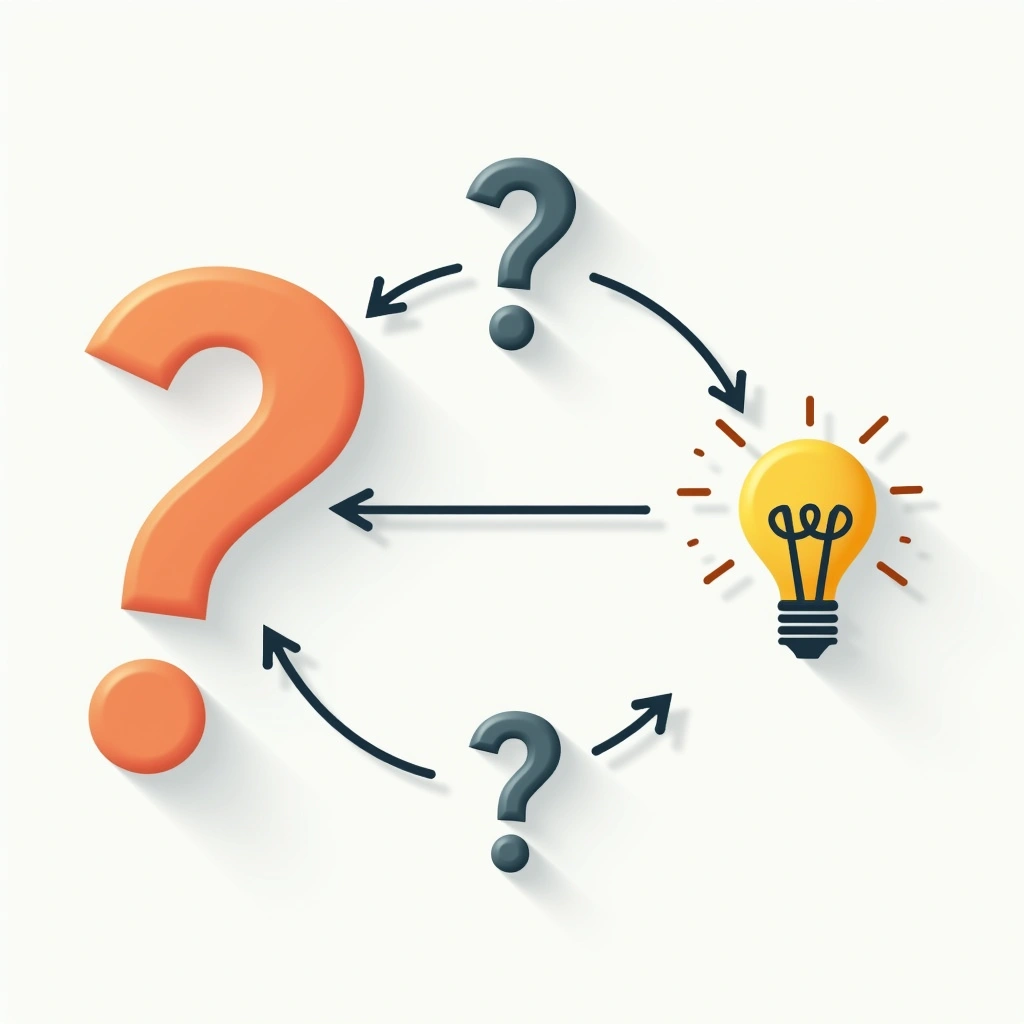
Expert Reasoning Analysis
Proactively seek diverse perspectives from domain experts, focusing on dissecting their decision-making frameworks rather than accepting conclusions at face value. Record and compare analytical patterns.


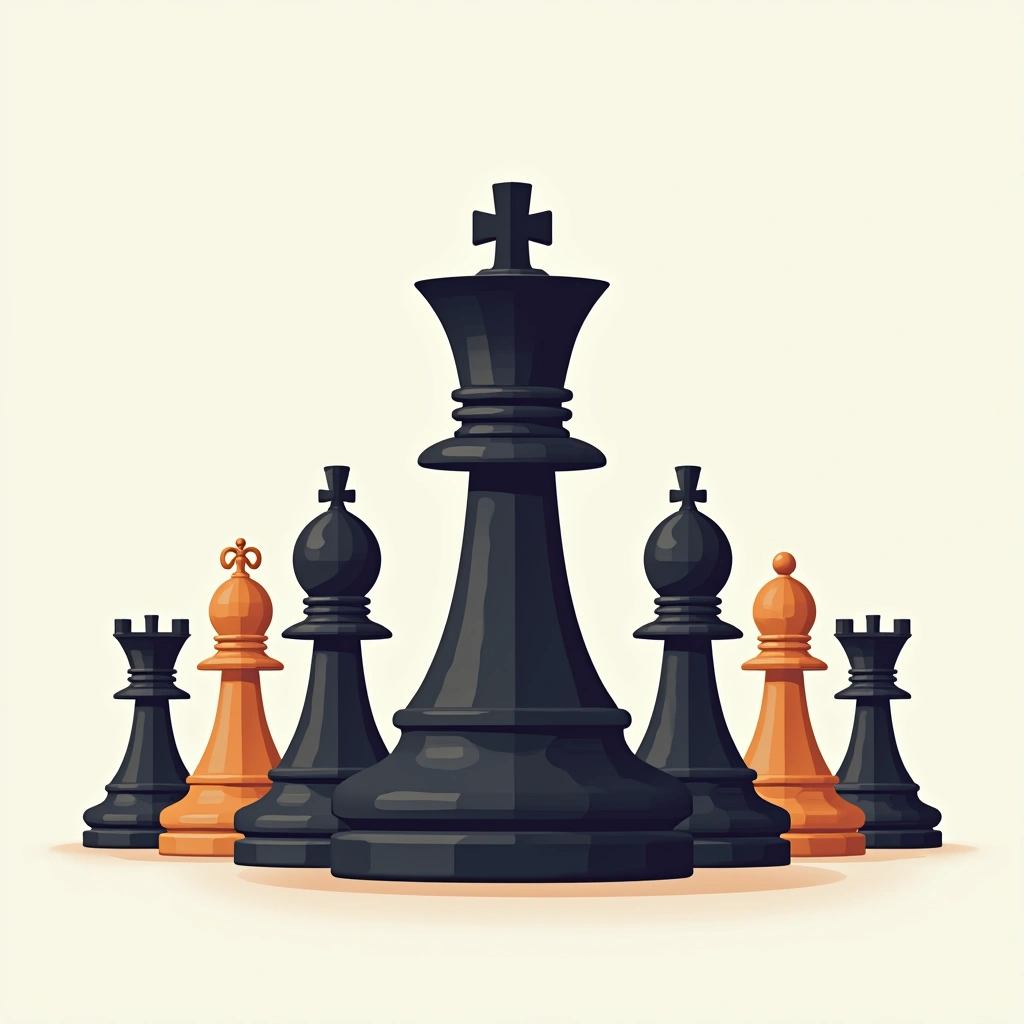
Preemptive Risk Containment
Before major decisions, systematically identify worst-case scenarios and create hedges against them. Only proceed when potential downsides are mitigated through portfolio diversification or contractual safeguards.



Error Post-Mortems
Within 24 hours of any significant mistake, document what happened, root causes, and prevention strategies. Share analyses publicly to normalize learning from failures.


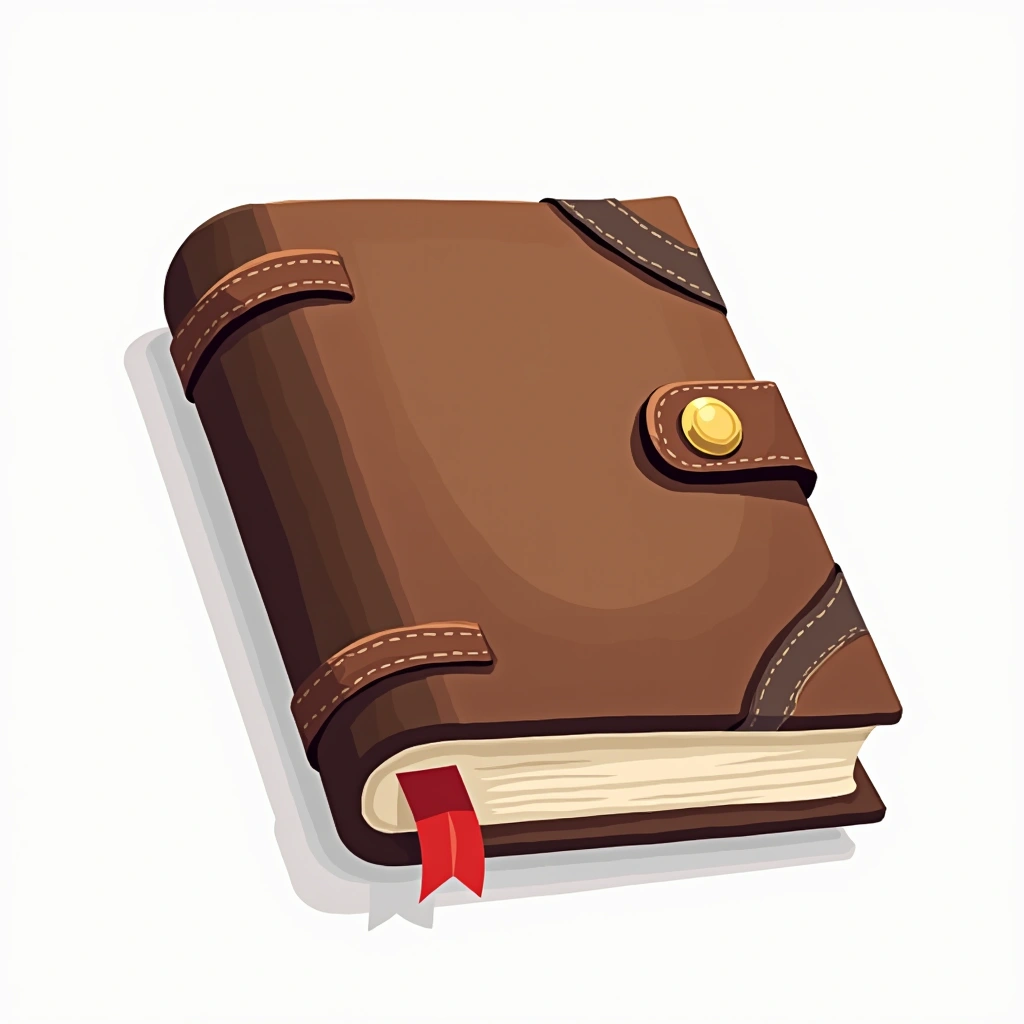
Principles Codification
Maintain a living document of decision-making heuristics across life domains. Update principles quarterly based on new experiences and team feedback.



Transcendental Meditation
Practice 20 minutes of mantra-based meditation twice daily. Use sessions to observe thoughts non-judgmentally, enhancing mental clarity and emotional equilibrium.



Pre-Market Diagnostic
Analyze global asset movements before US markets open. Cross-reference overnight Asian/European trading data with geopolitical news to identify dislocations.


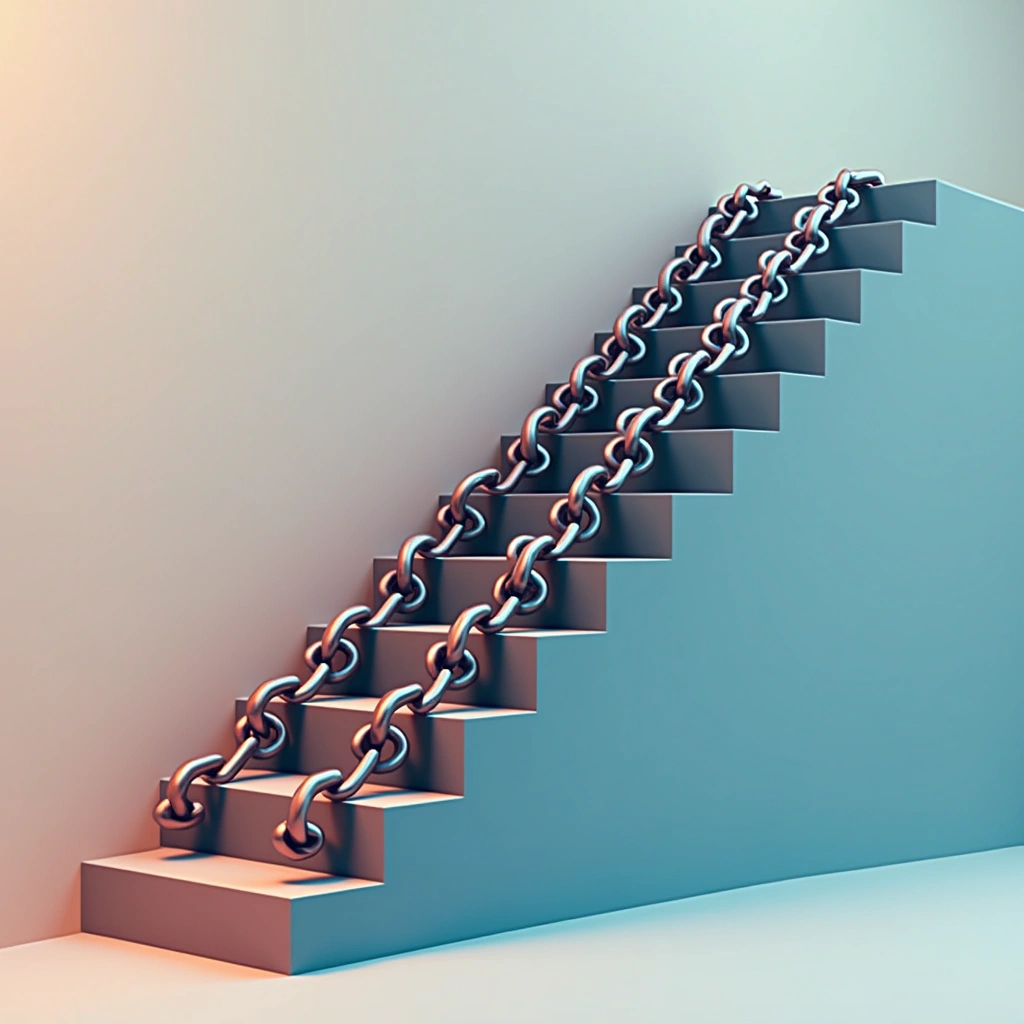
Habit Stacking Protocol
Anchor new routines to existing behaviors using Duhigg's cue-routine-reward loop. Example: Meditate immediately after brushing teeth to leverage established morning patterns.



Radical Meeting Transparency
Record all strategic discussions and make transcripts searchable company-wide. Encourage junior staff to challenge executives' logic during live meetings.



Believability Weighting
Assign decision-making authority based on proven track records in specific domains. Use algorithms to balance inputs from top-performing specialists.



Painful Truth Confrontation
Seek critical feedback weekly from diverse colleagues. Ask specifically about blind spots and unpopular opinions others might withhold.



Subconscious Problem Incubation
Present complex challenges to mind before sleep. Keep notebook bedside to capture nocturnal insights upon waking.


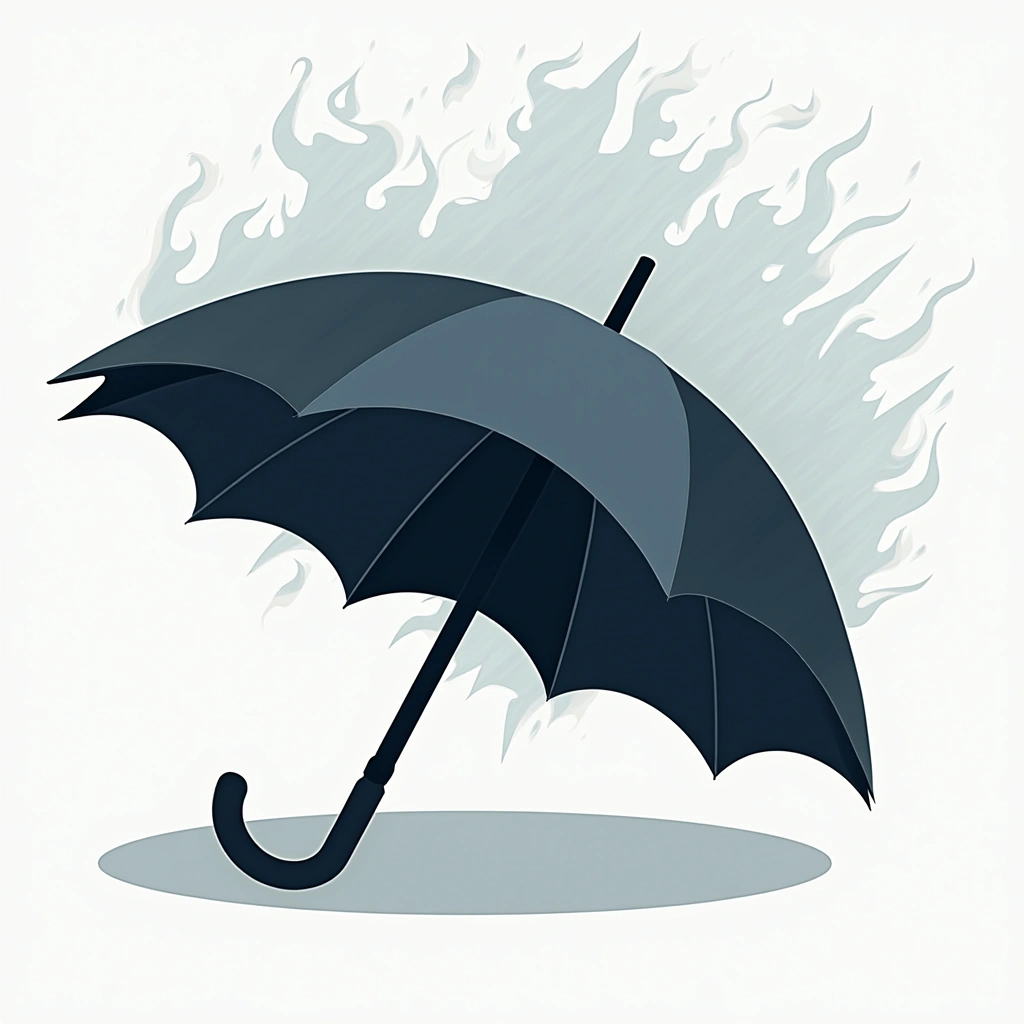
Anti-Fragility Calibration
Stress-test decisions against historical crisis analogs like 1929 or 2008. Allocate 15% portfolio to hedge against low-probability catastrophic scenarios.



Temperament Triangulation
Before major moves, consult one optimist, pessimist, and realist. Synthesize perspectives using weighted averages based on domain expertise.


Energy Oscillation Management
Schedule creative work during circadian peaks (10 AM-12 PM), administrative tasks in troughs (2-4 PM). Use 25-minute meditation naps to reset focus.



Legacy Projection
Quarterly write own obituary from future perspectives. Adjust current priorities to align with desired historical impact.


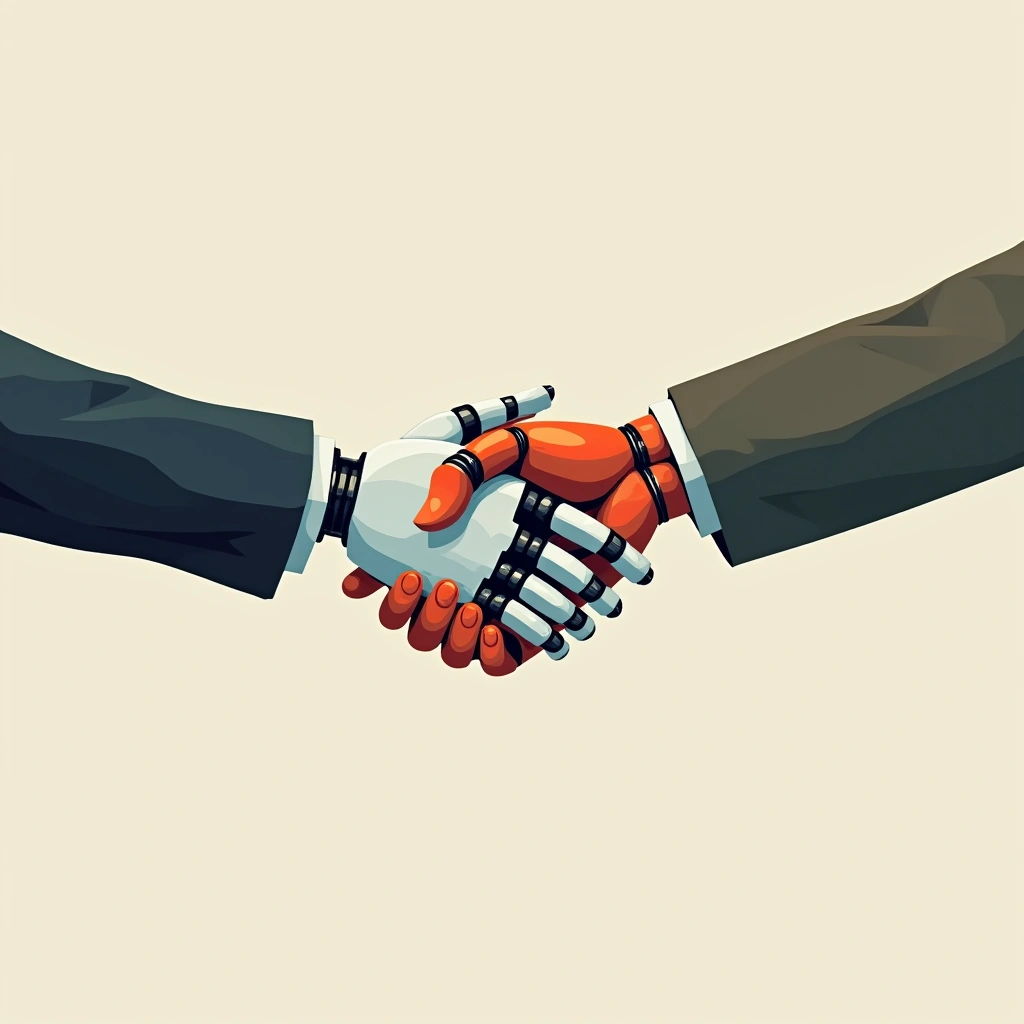
Algorithmic Humility
Program decision-making biases into AI models. Continuously compare machine learning outputs with human judgments to identify cognitive distortions.



Cross-Disciplinary Immersion
Quarterly study a field unrelated to finance (e.g., marine biology, Renaissance art). Identify transferable patterns through first-principles reasoning.



Scenario Stress Testing
For key decisions, develop three plausible scenarios: base case, worst case, and transformative case. Allocate resources to thrive in all three.


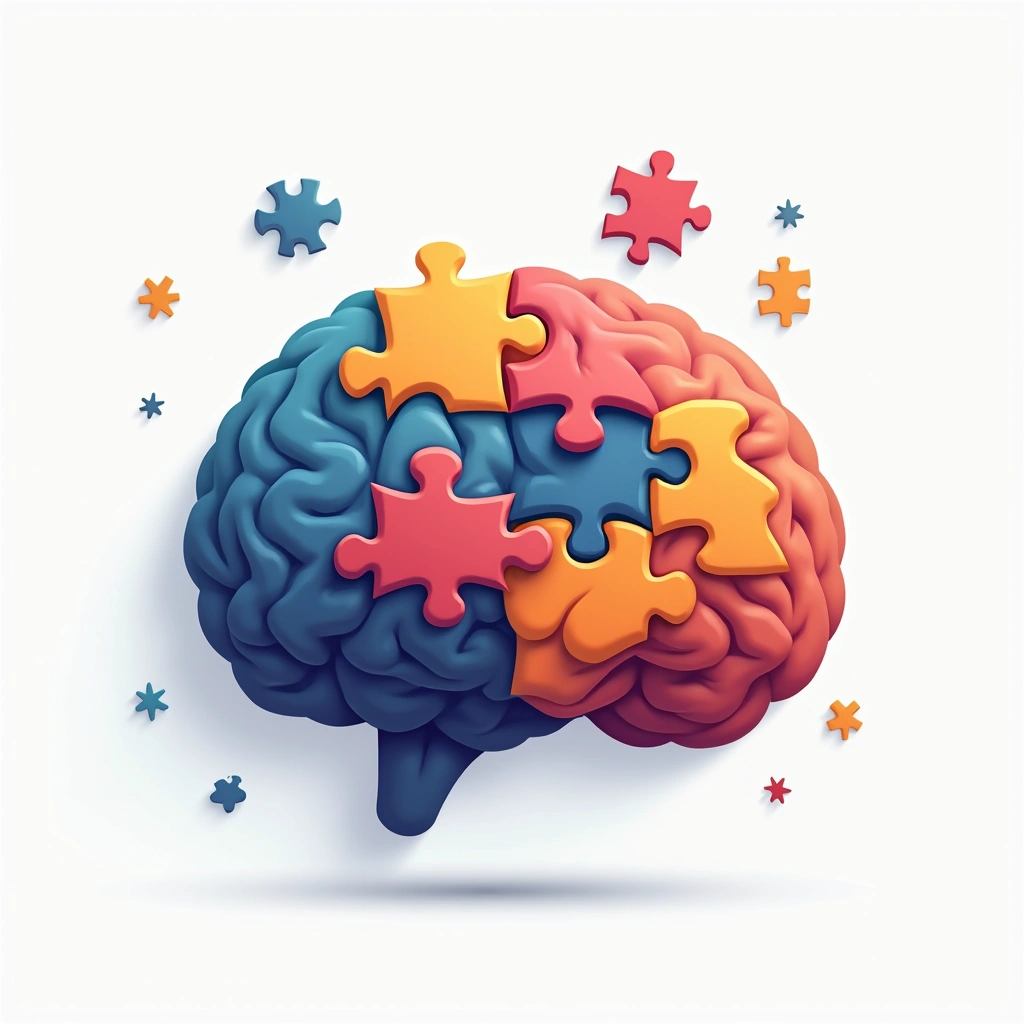
Neuroplasticity Nudges
Daily practice ambidextrous tasks (e.g., brushing teeth with non-dominant hand). Use spaced repetition apps to reinforce new conceptual frameworks.

